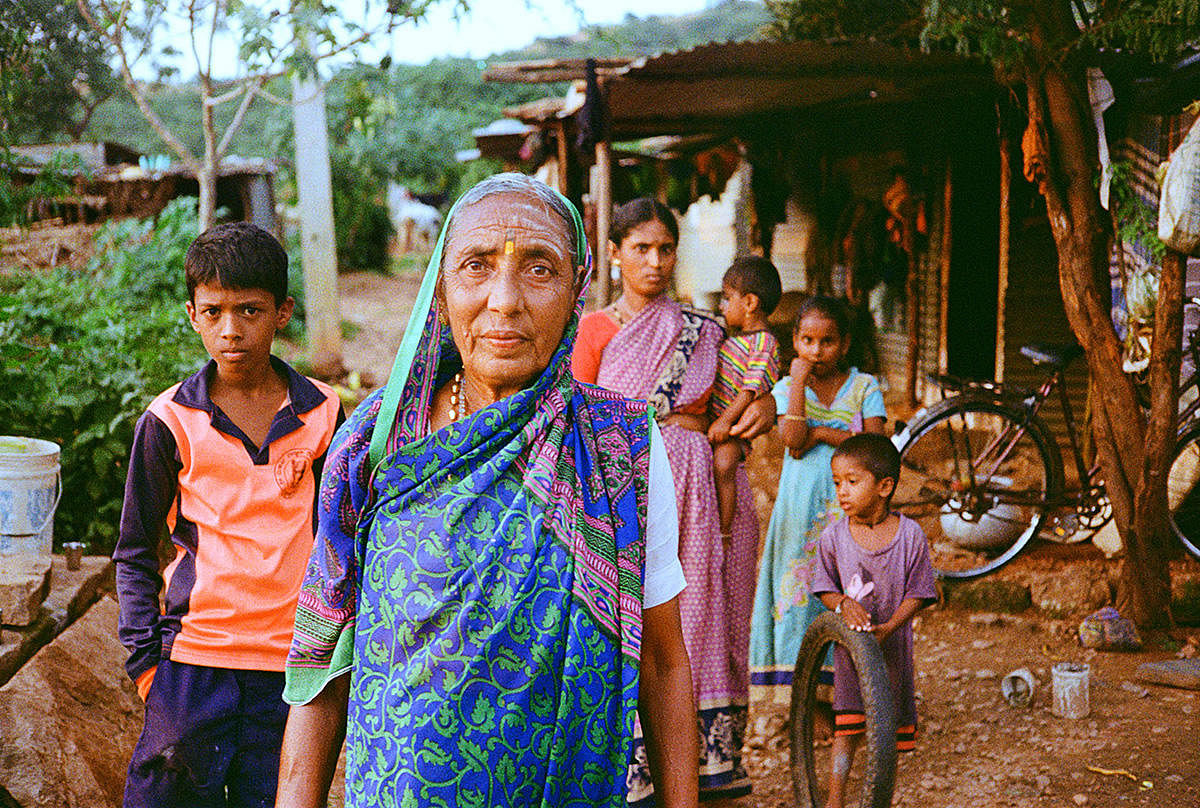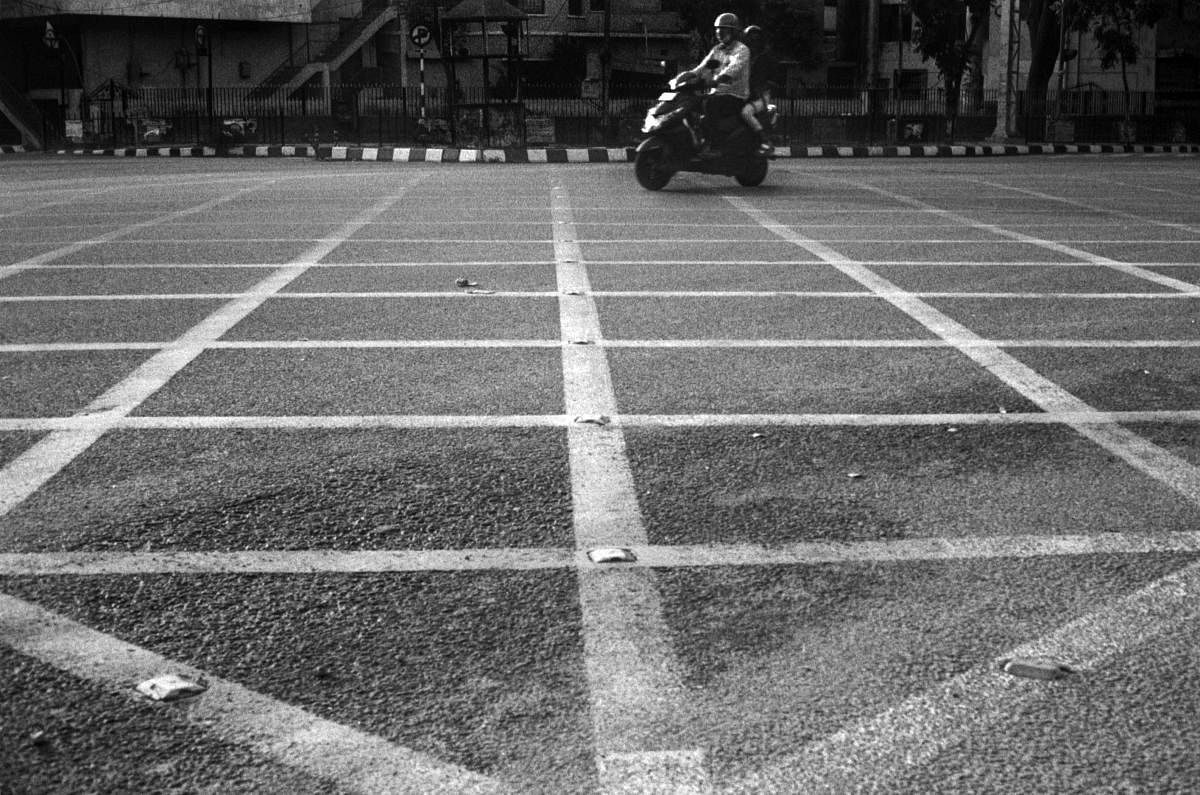

What better way to begin the new year than rolling back in time? Film photography and analog cameras are seeing a resurgence with many picking up film rolls and vintage cameras like Rolleiflex, Yashika, and the old Nikons and Canons. Analog cameras or film cameras refer to the ones that use film rolls to capture an image. A film roll is loaded into a camera and once you press the shutter button, the image is recorded. The film roll comes to life when the film is processed in a photo lab with the help of chemicals. You can later choose to print the photo or scan it and have a digital copy. Here are some basic tips:
Types of films: The most widely used formats are 35mm and 120mm, which are still available in the market. Kodak, Ilford, Fuji, and Holga are the popular manufacturers who produce film rolls in both colour and black and white. Then there is Instax 62mm and Polaroid 79mm. Film speed or the ISO are always fixed ranging from 50 to all the way up to 3200. Start with 35mm and ISO400.
Shooting: Unlike digital, film photography forces one to think before hitting the shutter button. But the settings between the two are similar as ultimately it is all about the basic fundamentals of photography. Aperture, ISO, and shutter speed make up the exposure triangle. In film cameras, these have to be set manually.
Light meter: Since the settings have to be done manually, achieving the right exposure is the key and this can be done using a light meter. Alternatively, there are mobile apps that help emulate the function of a light meter. The light meter helps you understand the scene and set the right exposure. Keep in mind to meter the shadow to get a neat exposure.
Compose before clicking: Now that you have a camera, film roll, setting, and the light meter, don’t rush to push the shutter button. There is no preview or a ‘liveview’ option. You will have approx 35 shots per roll. So take your time to compose your frame. Look for interesting angles, patterns, shadows, and contrast.
Developing stage: One of the best parts of analog photography is the developing stage. Remember a man working in a small room lit with red lights in the movies? This is where the magic takes place, in the darkroom. Without going too much into details, the darkroom is the place where the film rolls are run under various chemicals, water, and then dried to bring them to life. These days, chemicals are available in a few stores and alternatively, all major cities still have labs that will help you with the process. After the roll is developed, you can for the first time, see how the images have come out. You can either get the pictures printed on photo paper or have them scanned in high resolution.
Forget perfection: If this is your very first time, then buy used cameras (in working condition!) and cheap rolls. Even though the medium is different from digital, you still follow the same composition rules. You might not get all the shots perfectly or even worse, burn out the entire roll, and it’s fine. Let’s face it, analog comes with its baggage of inconsistencies, unexpected light leaks, rolls getting stuck inside the camera, poor developing techniques... all this can be daunting. Make friends with the constraints and inconsistencies of the medium; it will kickstart your creative side.
Use the latest tech: There are apps that mimic light meter’s functions that can help you set the right exposure and settings. Take a picture on your mobile phone of every photo you take from the analog camera. This helps you keep track of what you shot. Jot down the settings in the notes app so you can tweak it for future shoots. Once the photos are processed into digital format, you can edit them using photo editing apps on your smartphone. There are various online forums that will help you with all kinds of doubts. From the forgotten vintage camera models to the film rolls and developing tips, they have answers to all.
While you can take 100 pictures of that dessert you ate on New Year’s Eve and get instant gratification, you might not have the same liberty with analog photography. With analog, you experience non-digital gratifications.
It will slow down the process (this can be therapeutic); it will force you to think before pressing the button. It will help you imagine how the picture will look like because there’s no preview button. And the anticipation to see your pictures for the first time — that’s an experience worth having. With the growing interest in vintage photography, this is perhaps the right time to visit that darkroom!
Lenscraft is a monthly column on all things photography — tips, tricks, and everything in between.
The writer is a photojournalist who tells stories with his pictures. Find his pictures on Twitter and →Instagram @pushkarv